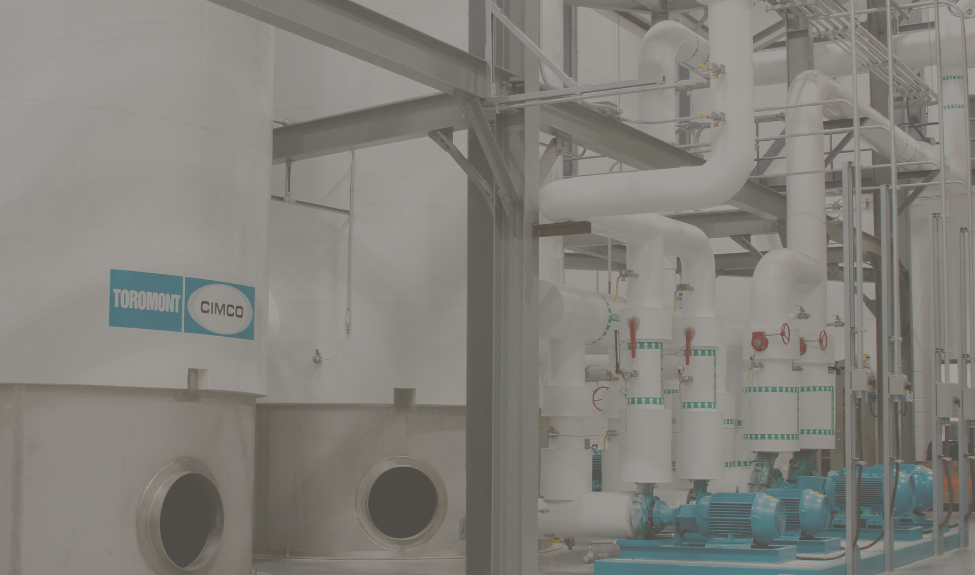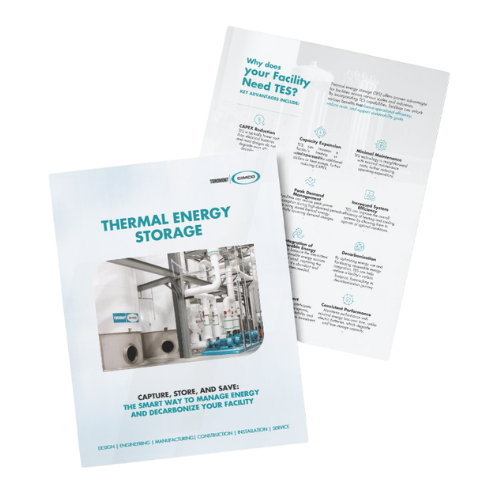Harness the Power of Thermal Energy Storage
Imagine a solution that allows you to capture and store energy when it’s more cost effective, then use it when you need it the most. With CIMCO’s Thermal Energy Storage (TES) systems, that vision becomes a reality. Our advanced TES technology helps businesses shift energy consumption away from peak hours, storing thermal energy for use during high-demand periods. By doing so, you not only stabilize your energy use and cut down on operational costs, but also significantly reduce your environmental impact.
Whether you’re running an industrial facility, or a large commercial building, TES is designed to offer seamless heating or cooling while lowering your carbon footprint.
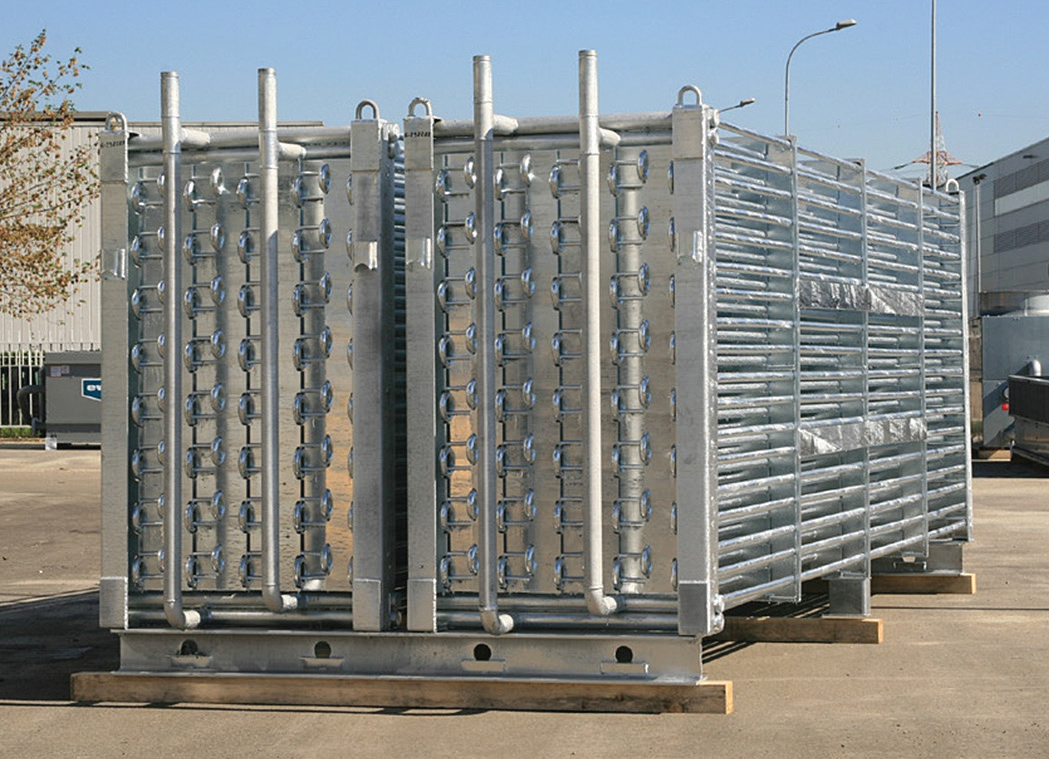
What is Thermal Energy Storage?
Why does your Facility Need TES?
Key Advantages Include:












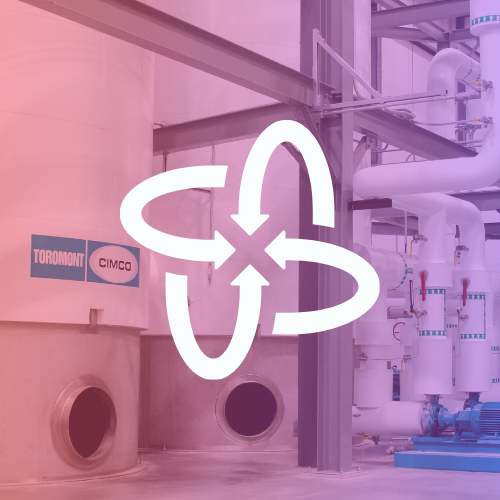
Thermal Hub: A Complete Solution for High-Temperature Water, Chilled Water, and Ice Storage
CIMCO’s innovative “thermal hub” concept was recently presented at the CampusEnergy2025 conference in Boston (US), sharing a detailed case study on a US-based campus with a district energy system in need of upgrading. What is a thermal hub, and how can thermal energy storage help facilities reduce operating expenses?
Related Posts
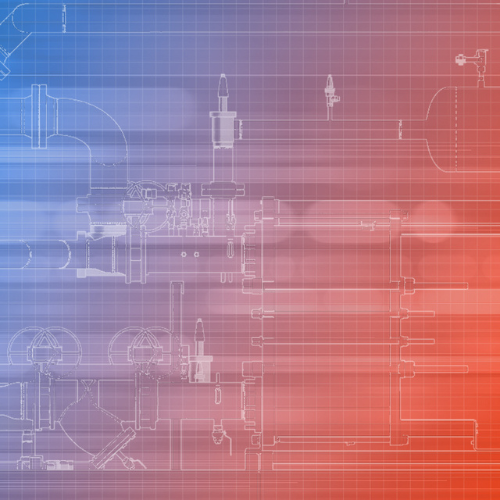
Industrial Heat Pumps are the Past, Present and Future
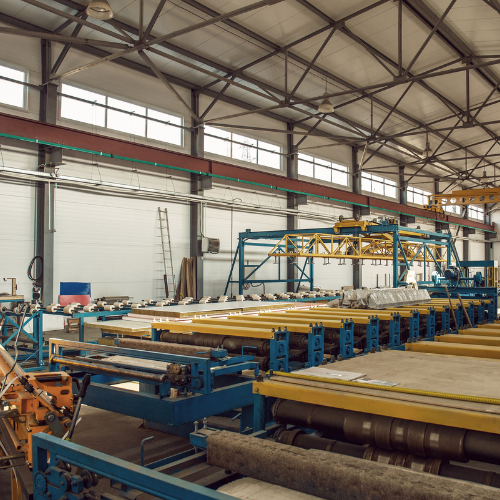
Interconnected Efficiency: Leveraging Ammonia Heat Pumps for Sustainable Manufacturing


